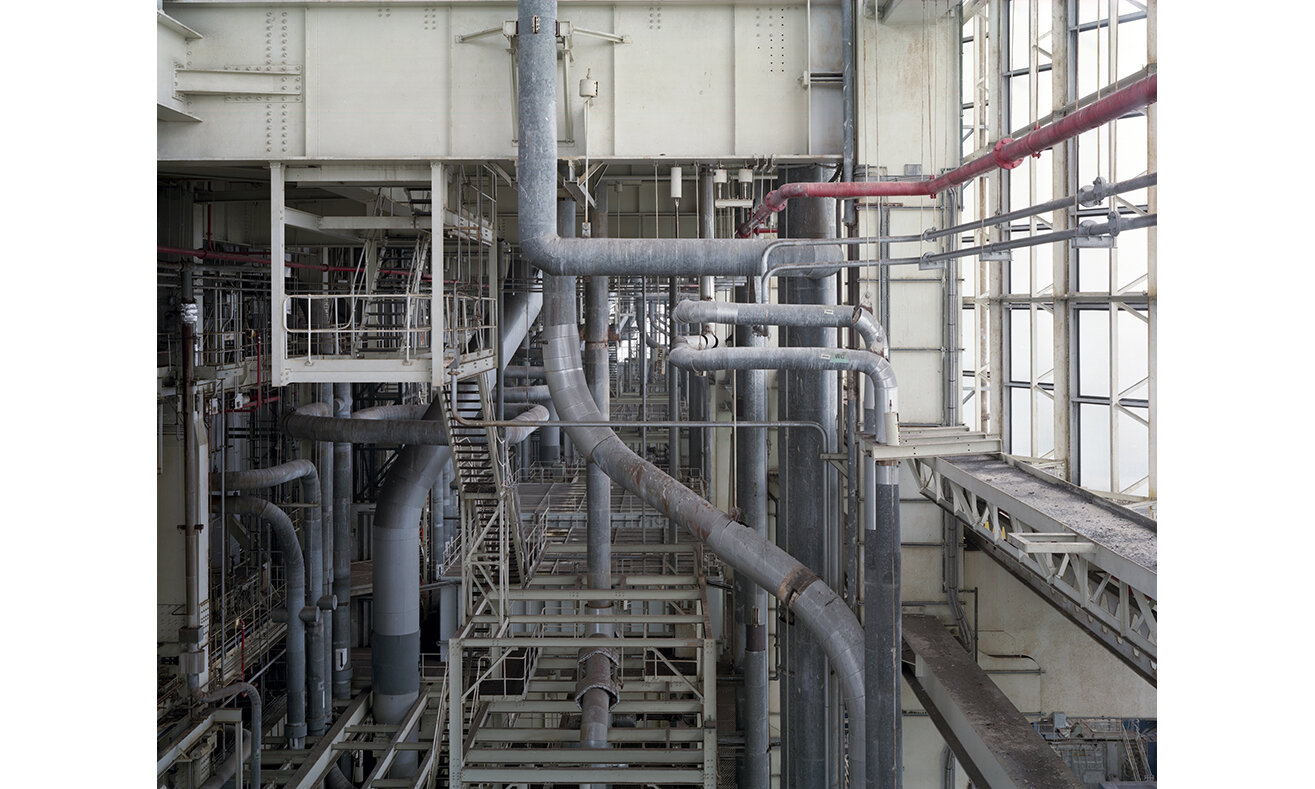Polyphony
Announcing the invention of photography to the Academie des Sciences in Paris on 7th January 1839, Francois Arago declaimed the possibilities for this new medium to meticulously depict complexity and detail in a way that had previously been impossible. Photography was, he declared, the perfect means for recording the hieroglyphs at Thebes, Memphis and Karnak, a task that would otherwise take “a legion of draughtsmen twenty years to complete”. In the event, industry showed as much alacrity as archaeology in adopting this novel technology.
A century and a half later, this fundamental property of photography was given renewed emphasis in art as the photograph grew in stature and status, and moved from the confines of photography’s corridors to the walls of the contemporary art gallery. Mirroring the currents that were formative in photography’s invention, the synergy of art and science – the realization of artistic possibilities empowered by technological developments – eventually resulted in photographic tableau of astonishing detail and definition, created to various conceptual ends.
This series of pictures, Polyphony, combines the formal possibilities of this intricacy with an assortment of content drawn from diverse industrial fields. Held together within the rectangle of the tableau, the constituents are often in formal opposition, clashing textures and details railing against one another discordantly.






